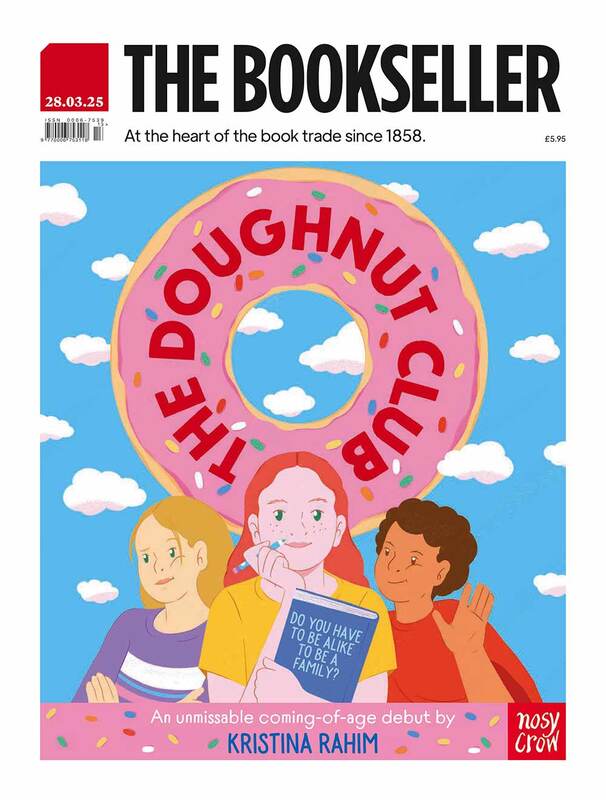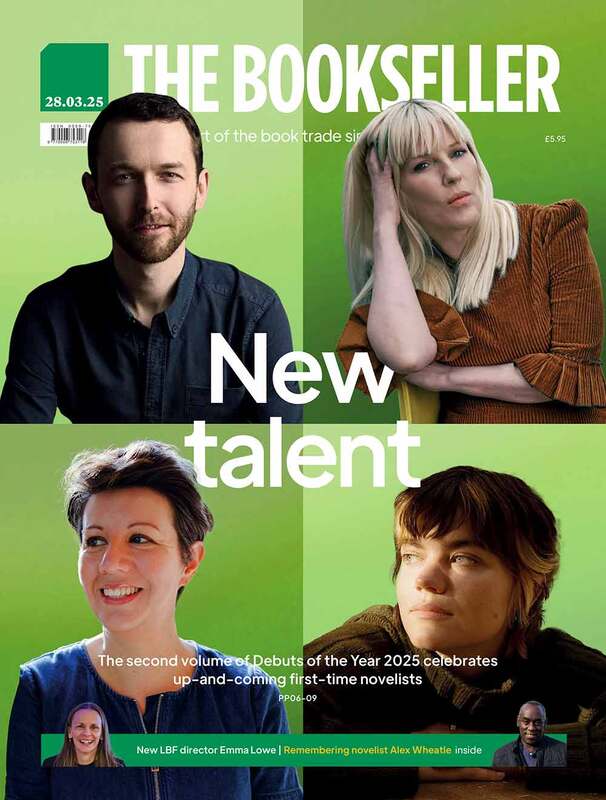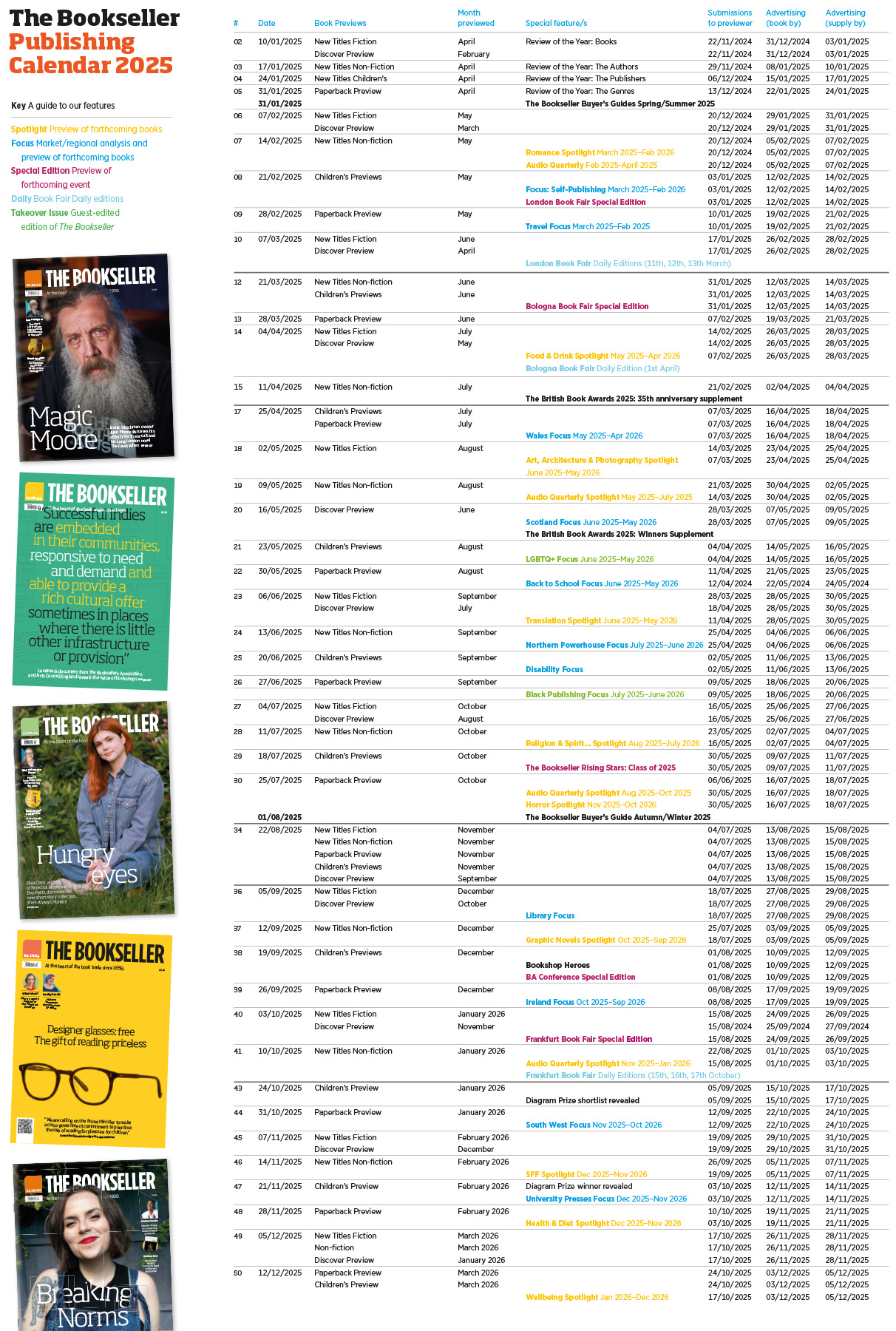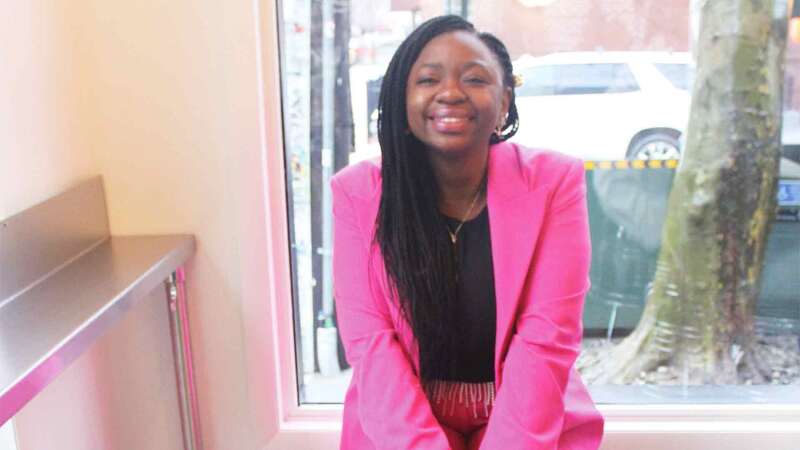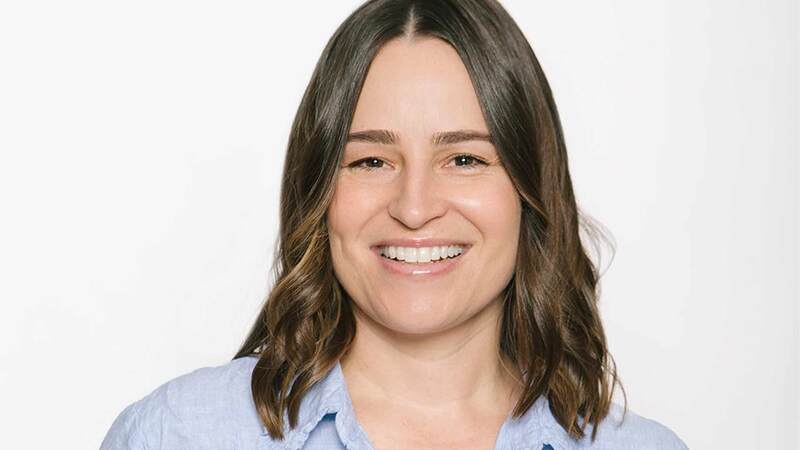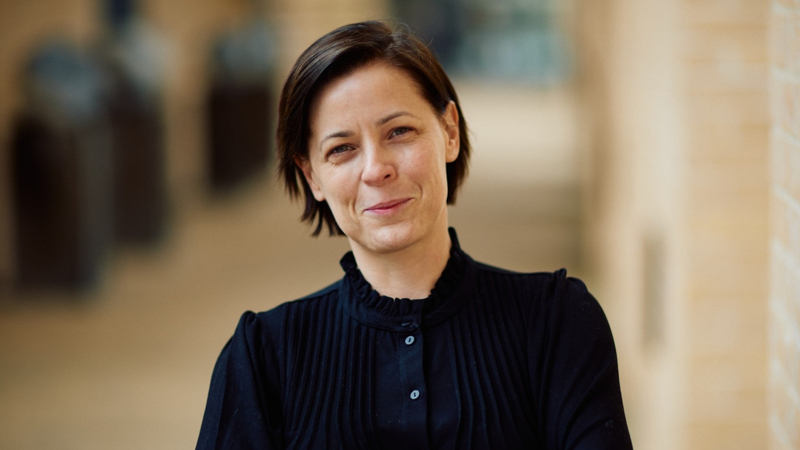You are viewing your 1 free article this month. Login to read more articles.
YouTube narrowly beats TikTok for young adults discovering books online, according to Nielsen report
YouTube is the most popular way of discovering books online for young adults, according to Nielsen’s latest report on consumers aged 14 to 25-years-old.
The report analysed data collected as part of the annual "Understanding the UK Children’s Books Consumer" research project, which was extended to young adults last year. The report examines the book reading and buying habits of young people in the UK, and looked at data from 453 young adults aged 14 to 17, 482 respondents between 18 and 21, and 358 people aged 22 to 25.
It showed YouTube remains dominant for online book discovery, used by 34% of respondents compared to 32% who used TikTok. Instagram lagged behind on 27%. For offline discovery, 41% reported friends being the main way they discover books, followed by physical bookshops on 36%.
However, Nielsen’s data found that only 17% of 14 to 25-year-olds read or listened to books, comics or magazines in their day-to-day lives in 2022. This number jumped to 45% on a weekly basis, but reading was still among the least preferred activities for young people, followed only by playing with toys and games.
Yet in the UK, consumers in that age group bought around 61 million books in 2022 spending £496m and representing 18% of the overall book market. Where the overall market saw a 4% decline compared to 2021, young people bought even more books than they had done before.
Purchases by 14 to 25-year-olds grew 1% in 2022, driving the success of some top-performing categories like romance, fantasy, YA fiction and graphic novels.
Interesting books, a reading routine and restricted time on social media all helped to encourage more reading, the survey said. Meanwhile, fantasy action and adventure stories were the genres that young people opted for the most, followed by crime and thriller. At least a quarter of respondents also enjoyed comedy and sci-fi, as well as stories about relationships, mysteries and classic stories.
Overall, the report found that young readers preferred fiction over non-fiction, with one in five saying that they enjoyed biographies and books about people they found interesting.
The stories that were least popular were ones about social issues, geography and other countries and cultures, as well as non-fiction about celebrities.
In terms of rising costs, those that seemed to be affected the least were the group aged 14 to 17, as they were ones who were least likely to change their buying habits in response to cost-of-living pressures. Still, those in the youngest group were also the ones who said they would shop around for lower prices.
The group that were most likely to buy fewer books to save money were those aged 18 to 21, instead borrowing more from libraries and opting for offers at their favourite shops. E-books were most popular with respondents aged 22 to 25, who were also was more likely to buy second-hand or swap books.
The description of the book was the factor most likely to affect whether or not young consumers purchased it, with 46% saying this would influence their decision. Book prizes, by comparison, were much less likely to have an impact in this age group, with only 14% of respondents saying that this affected their decision to opt for a title.
Other factors that played a role in the decision to buy a book were the author of the books and the cover. According to the report, recommendations from the media, bookshops and influencers had the biggest impact on female respondents aged 18-25, more so than friend and family recommendations, which are the leading types of recommendations for the other groups.

